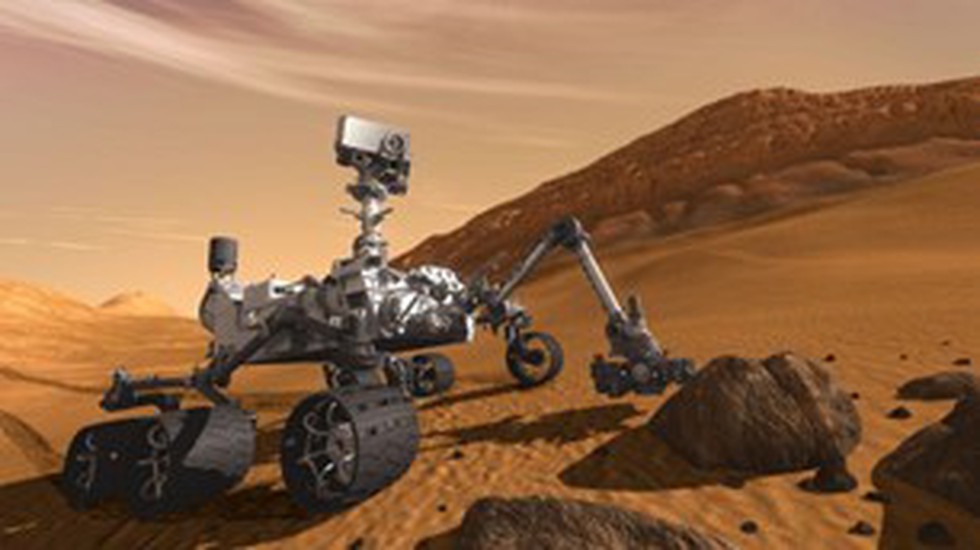About Mars Curiosity Rover:
- It is a S. robotic vehicle designed to explore the surface of Mars.
- It was launched aboard an Atlas V rocket from Cape Canaveral Air Force Station, Florida on Nov. 26, 2011, and landed on Aug. 5, 2012, after taking eight months and 10 days to reach the Red Planet.
- The rover is currently roaming Mars' landscape looking for signs of life and learning about the Red Planet's unique environment.
- The rover is part of NASA's Mars Science Laboratory mission which tested a novel landing method that saw the spacecraft descend on a parachute before its landing system fired up its rockets and hovered as the rover was lowered down onto the surface.
- Features:
- It is about 3 metres long and weighs about 900 kg.
- It does not rely on solar cells for its energy needs but rather draws its electric power from a thermoelectric power generator, with the heat source being the radioactive decay of plutonium and the heat sink being Mars’s atmosphere.
- According to NASA, Curiosity has four main science goals in support of the agency's Mars exploration program:
- Determine whether life ever arose on Mars.
- Characterize the climate of Mars.
- Characterize the geology of Mars.
- Prepare for human exploration.
What is NASA’s Perseverance rover?
- It is a robotic explorer to land on Mars as part of NASA’s ongoing Mars 2020 Mission.
- Main Job: Seek signs of ancient life and collect samples of rock and regolith (broken rock and soil) for possible return to Earth.
- The rover will collect samples of rock and soil, encase them in tubes, and leave them on the planet's surface to be returned to Earth at a future date.
- Launch: It was launched on July 30, 2020from Cape Canaveral, Florida.
- Landing: Successfully landed on the surface of Mar's Jezero Crater on Feb. 18, 2021.
- Features:
- It is about 3 metres long, 2.7 metres wide, and 2.2 metres tall.
- It is about the size of a car, but weighs only about 1,025 kilograms with all instruments on board.
- Power source: Multi-Mission Radioisotope Thermoelectric Generator (MMRTG). Converts heat from the radioactive decay of plutonium into electricity.
